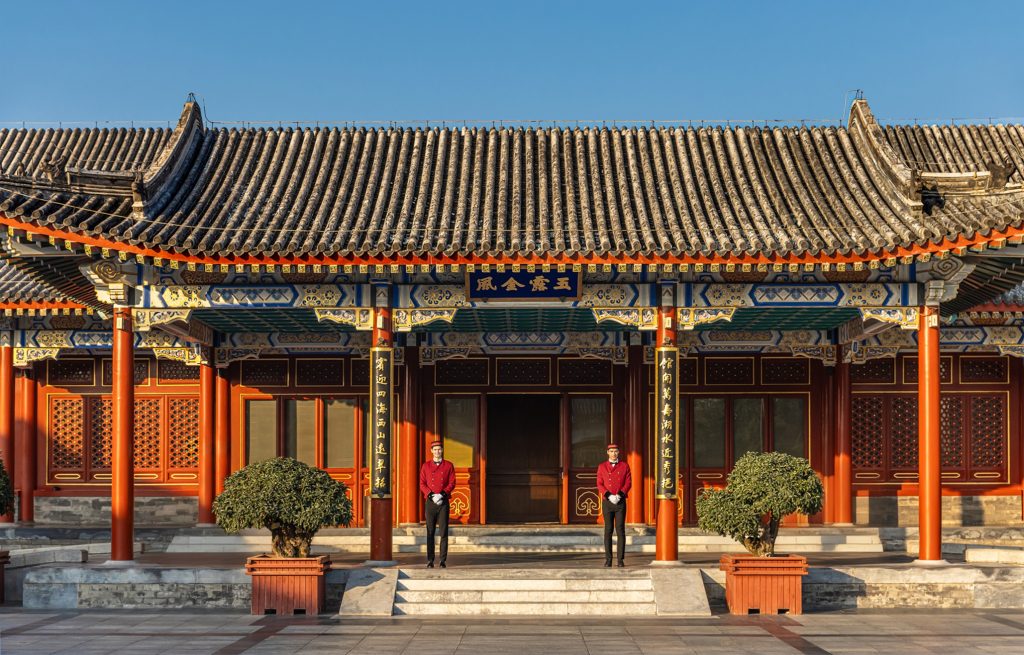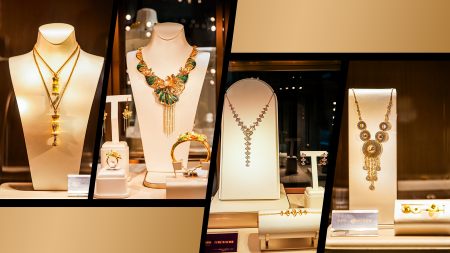Throughout human history, myths have served as the foundation of cultural identity, shaping not only storytelling but also influencing visual aesthetics and design trends. These ancient narratives, rooted in shared beliefs and symbolism, continue to inspire contemporary aesthetics, bridging the gap between the past and present. This article explores how historical myths influence modern design, from architecture to branding, illustrating the enduring power of mythological symbolism in shaping our visual culture.
Historical Trends in Design Influenced by Mythology
From Myth to Mathematics and Beyond: Abstract Influences on Design
Color Psychology and Cultural Symbolism in Modern Design
Technological Evolution and Its Impact on Trend Formation
Modern Examples of Mythology-Inspired Design: The Case of Le Zeus
Lesser-Known Influences and Hidden Layers in Design Trends
Future Directions: The Continual Evolution of Trends Shaped by History
Conclusion: Synthesizing Mythology, History, and Modern Design
The Foundations of Mythology in Cultural Identity
Ancient myths act as a collective memory, embedding shared values, fears, and aspirations into cultural consciousness. These stories often feature gods, heroes, and symbolic motifs that encapsulate fundamental human experiences. Over centuries, these mythological symbols have evolved into visual motifs that permeate contemporary design. For example, the use of the laurel wreath as a symbol of victory traces back to Greek mythology, where it was associated with Apollo and divine favor, now commonly seen in logos and awards.
Modern branding frequently draws upon myth-inspired symbols to evoke certain qualities. The Mystery Meter in Hacksaw’s new game exemplifies how contemporary products embed symbolic elements—here, mythological references—into visual storytelling, creating a bridge between ancient symbolism and modern entertainment.
Historical Trends in Design Influenced by Mythology
Design aesthetics have continuously shifted from classical to modern styles, with mythology acting as a persistent influence. During the Renaissance, for instance, mythological themes inspired elaborate sculptures, murals, and architecture, reflecting a renewed interest in Greco-Roman legends. Moving into the 19th and 20th centuries, Art Nouveau and Art Deco incorporated myth-inspired motifs—such as mythological creatures and symbols—to evoke a sense of timelessness and grandeur.
Architectural trends also echo mythological influences. The Parthenon’s enduring legacy, for example, has inspired neoclassical architecture worldwide. Contemporary products often integrate mythological themes through decorative elements or branding. A case in point is the integration of mythological symbols in gaming aesthetics, where heroes and divine motifs create immersive visual narratives.
From Myth to Mathematics and Beyond: Abstract Influences on Design
Beyond direct symbolism, mythological concepts often intersect with abstract ideas such as mathematics and psychology to influence design. Prime numbers, for example, like 19 paylines in slot machines or game mechanics, carry symbolic weight, often associated with uniqueness and harmony. These numerical patterns sometimes find their way into visual aesthetics—think of geometric arrangements in mosaics or architectural patterns inspired by sacred proportions.
Mathematical principles also underpin structural aesthetics—symmetry, fractals, and the Fibonacci sequence—creating visually pleasing and psychologically compelling designs. Connecting these abstract concepts to storytelling enhances the depth of visual narratives, making them resonate on both conscious and subconscious levels.
Color Psychology and Cultural Symbolism in Modern Design
Colors carry deep cultural and mythological significance. Pink, for example, is often associated with playfulness and innocence, but historically, it was linked to maidenhood and femininity in various cultures. Color psychology roots back to ancient symbolism; red evokes passion and vitality, while blue symbolizes calm and divinity—traits often associated with mythological deities.
In branding, these associations influence choices that evoke specific emotional responses. For instance, brands like Le Zeus utilize color schemes that subtly evoke mythological power and modern vibrancy, fostering a deeper connection with consumers. Such strategic color use is rooted in a long-standing tradition of associating hues with cultural and mythological narratives.
Technological Evolution and Its Impact on Trend Formation
Technological advances have historically shaped aesthetic trends. The origins of hotkeys like SHIFT from the DOS era exemplify how interface design evolves from functional necessities. These early technological innovations influence modern user interfaces, which often incorporate symbolic elements—like icons inspired by mythological symbols—to enhance usability and storytelling.
The intersection of technology and mythology is evident in how digital interfaces sometimes incorporate myth-inspired motifs to create immersive experiences. For example, gaming interfaces often use mythological themes to deepen narrative engagement, as seen in the design of games that feature divine or legendary characters, enriching the user experience.
Modern Examples of Mythology-Inspired Design: The Case of Le Zeus
Le Zeus serves as a contemporary illustration of how mythological symbolism is integrated into product design. Its visual identity draws on mythic motifs—such as divine power, strength, and mystique—embodying timeless principles within a modern aesthetic. This approach exemplifies how brands can embed historical themes into functional design, creating a narrative that resonates with consumers’ subconscious associations.
By blending historical symbolism with modern aesthetics, Le Zeus exemplifies the potential of design to evoke mythic qualities. This strategy not only enhances brand recognition but also deepens consumer engagement by connecting with universally recognized stories and symbols.
Lesser-Known Influences and Hidden Layers in Design Trends
Design trends are often shaped by subtle influences—mathematical ratios, psychological archetypes, and scientific principles—that operate beneath the surface. For example, the preference for certain color schemes or pattern arrangements can be traced to psychological concepts rooted in mythic archetypes, such as the hero’s journey or divine order.
Uncovering these hidden layers reveals a complex interplay between science, history, and art, enriching the storytelling potential of modern products. For instance, the use of sacred geometry in architecture and branding subtly references ancient mythic systems, adding depth and resonance to visual designs.
Future Directions: The Continual Evolution of Trends Shaped by History
Emerging design trends continue to draw on mythological and historical themes, often reinterpreted through new technologies like augmented reality and generative design. Understanding the historical context of symbols and motifs enables designers to anticipate future innovations that resonate on cultural and subconscious levels.
Products like Le Zeus showcase how integrating timeless themes with cutting-edge aesthetics shapes the future of visual culture, fostering a dialogue between tradition and innovation. As new myths are created in digital spaces, they will undoubtedly influence the aesthetics of tomorrow.
Conclusion: Synthesizing Mythology, History, and Modern Design
“The enduring power of myth lies in its ability to shape our collective subconscious, influencing modern aesthetics in subtle yet profound ways.”
Throughout history, myths have provided a rich source of inspiration for designers, architects, and artists. Their symbolism continues to inform contemporary trends, enriching visual storytelling and emotional engagement. By understanding these connections, educators and creators can foster a deeper appreciation of how the past shapes the future of design.
The ongoing dialogue between mythology and modern aesthetics underscores the importance of integrating educational insights with creative innovation. As we look ahead, products and designs rooted in historical symbolism—like Mystery Meter in Hacksaw’s new game—serve as modern embodiments of timeless principles, guiding the evolution of visual culture.







